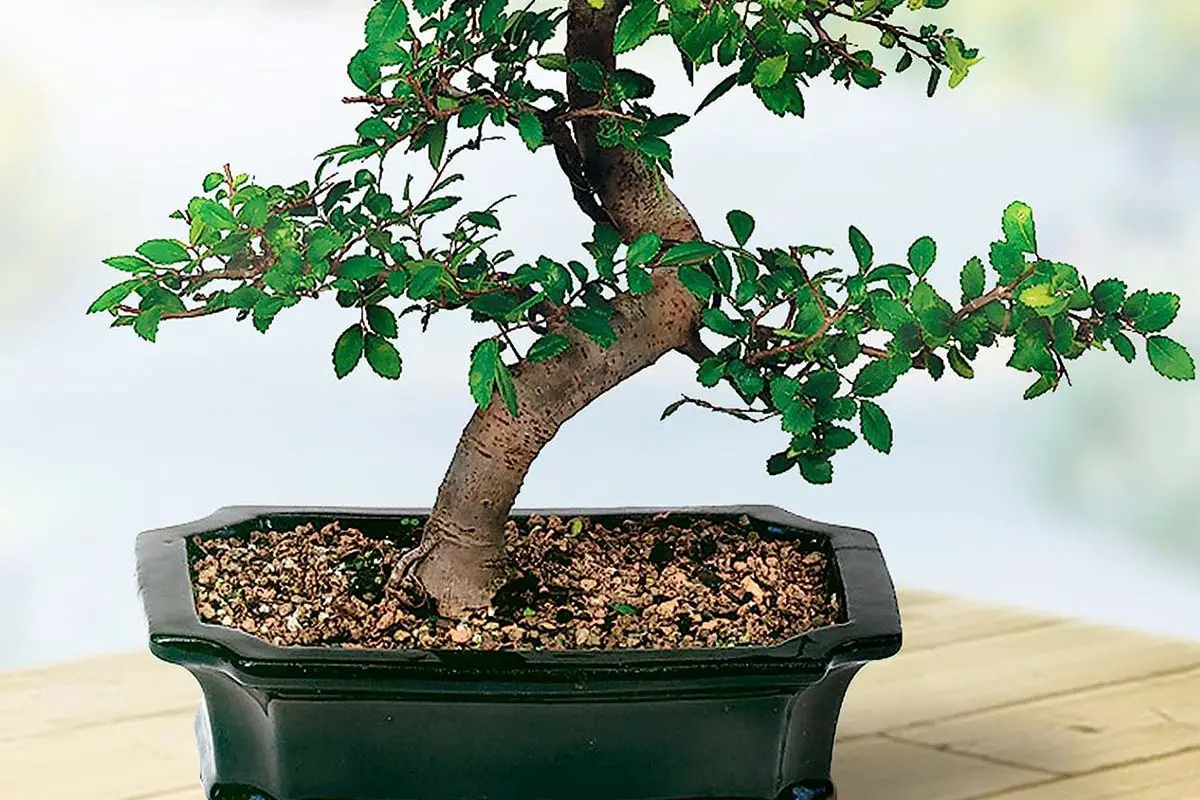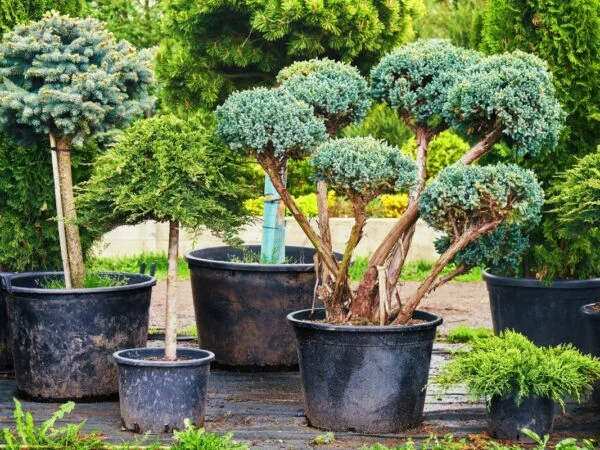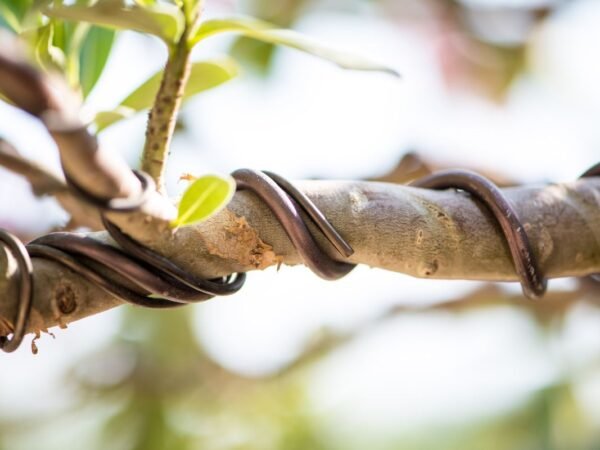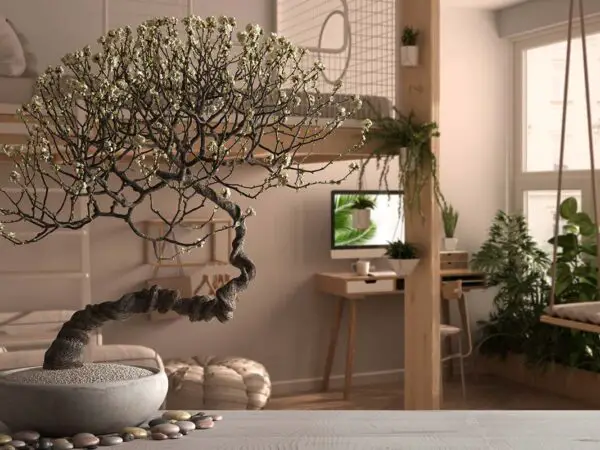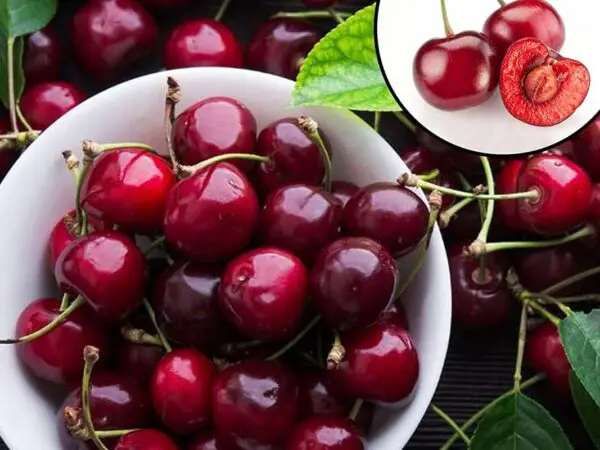Looking to add a touch of elegance and versatility to your outdoor space? Look no further than the stunning Chinese Elm. With its graceful, weeping branches and serrated leaves, this plant is sure to captivate anyone who sets eyes on it.
Originally hailing from East Asia, the Chinese Elm is a versatile plant with green leaves that has spread its roots all over the world due to its adaptability. Whether you reside in a scorching desert or a chilly mountain region, this resilient tree can thrive in various climates and soil conditions. It's like having an adaptable friend that can weather any storm!
One of the most remarkable features of the Chinese Elm plant is its ability to provide shade, privacy, and aesthetic appeal simultaneously. Picture yourself sitting beneath its lush green leaves, basking in the coolness it offers on a hot summer day. Not only does it shield you from prying eyes but also adds a touch of natural beauty to your surroundings.
In addition to being an eye-catching shade tree and leafy plant, the Chinese Elm carries deep cultural symbolism. In Chinese culture, it represents strength, resilience, and longevity. So not only will you be adding visual appeal to your outdoor space but also imbuing it with profound meaning.
The Chinese Elm, with its wind-resistant branches and ability to thrive in limited light, is a standout among the elm family. This family includes popular species like Dutch Elm and Siberian Elm.
So why wait? Let's dive into the fascinating world of Chinese Elms together! Discover their majestic trunks, delicate twigs, stunning bark patterns, and even their leafy fruits – everything that makes them truly extraordinary. Whether you're an experienced gardener or just starting out on your green journey, these trees offer something special for everyone. Don't miss out on this opportunity to explore the beauty of Chinese Elms. Start your journey today and immerse yourself in the captivating figures and intricate details of these remarkable trees. December is the perfect time to witness their vibrant leaves and appreciate every bit of their natural splendor.
Remember though - while Chinese elms may be beautiful companions for your outdoor space, they also require care and attention. Stay tuned to learn more about the maintenance needs of Chinese elms, potential challenges, and how to keep their leaves healthy throughout the seasons. Get ready to unlock the secrets of this magnificent tree's trunk and figure!
Characteristics of Ulmus parvifolia
The Chinese Elm (Ulmus parvifolia) is a tree from the Ulmaceae family that can reach heights of 40 to 60 feet. Its spread ranges from 30 to 50 feet, and it has a moderate growth rate of around 13 inches per year. This beautiful tree is known for its impressive leaf and trunk structure, making it a popular choice for landscaping in December.
One of the distinguishing features of the lacebark elm, also known as Ulmus parvifolia, is its unique canopy shape. The Chinese elm leaves create an upright or vase-shaped canopy with arching branches that add elegance to the overall appearance of the tree. This characteristic makes Chinese elms a popular choice for landscaping and urban environments.
During the summer months, the leaves of Chinese Elm are dark green, providing a lush and vibrant display. As fall approaches, these leaves undergo a stunning transformation and turn into a mesmerizing golden yellow color, enhancing the figure of the tree. This autumnal change adds warmth and beauty to any landscape where this trunk is planted.
Ulmus parvifolia produces small winged seeds that are dispersed by wind, allowing the species to spread naturally and establish itself in various locations. However, it's important to note that some regions have classified Chinese Elm as an invasive species due to its ability to outcompete native plants. The seeds are carried by the wind, thanks to the trunk and figure of the tree.
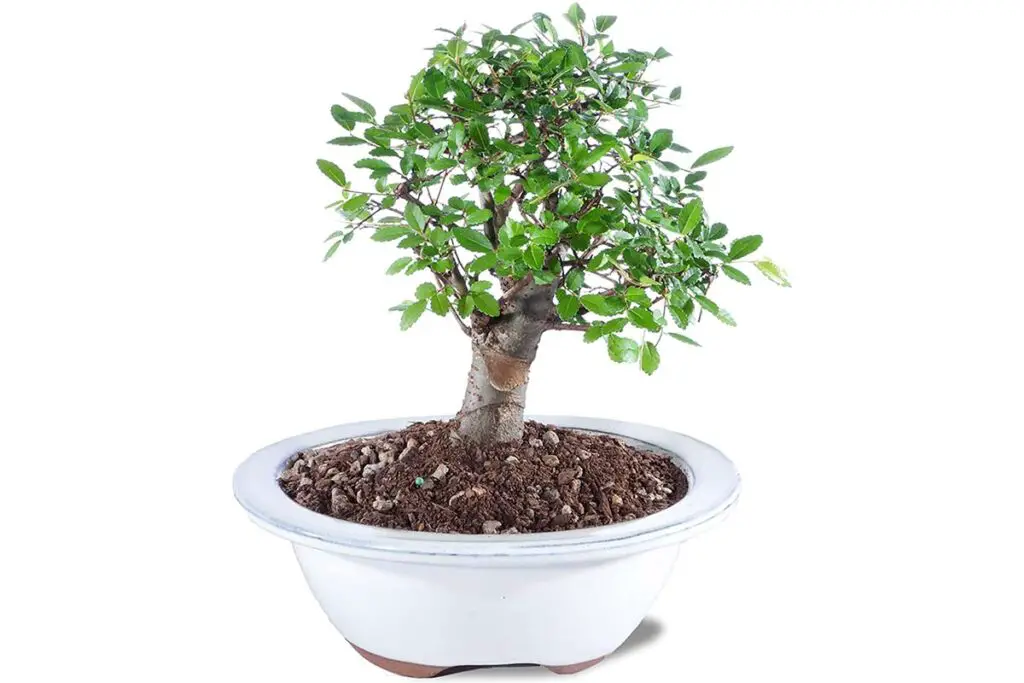
Now let's take a closer look at some keywords related to Ulmus parvifolia, specifically the lacebark elm. The leaves of Chinese elms, also known as lacebark elm, have a unique figure.
- Ulmus pumila: Also known as Siberian Elm or Asiatic Elm, this closely related species shares many characteristics with Chinese Elm.
- Lacebark elm: A common alternative name for Ulmus parvifolia due to its distinctive bark patterns.
- Parvifolia: The specific epithet used in the scientific name of Chinese Elm.
- Elm leaf beetle: A pest that specifically targets elm trees, including Ulmus parvifolia.
The Chinese Elm is a resilient choice for urban landscapes due to its ability to adapt to various climates and soil conditions. It can tolerate drought, pollution, and Dutch elm disease, making it a popular figure for its aesthetic appeal.
In terms of maintenance, the Chinese Elm figure requires minimal care once established. It thrives in full sun or partial shade and prefers well-drained soil. Regular watering during dry periods will help ensure the figure's health and vitality.
If you're considering planting Ulmus parvifolia, also known as the figure tree, in your garden or as part of a landscaping project, keep in mind that its size should be taken into account. The wide canopy of this figure tree provides ample shade, which can be beneficial if you're looking to create a cool outdoor space. However, make sure to allow enough room for the figure tree's mature height and spread.
Benefits of Chinese Elm in Landscaping and Gardening
Excellent Shade Provider, Even in Hot Climates
Chinese Elm is the MVP figure. Its dense foliage creates a cool oasis on scorching summer days, making it the perfect addition to any landscape. Whether you're looking to relax under its refreshing canopy or shield your delicate plants from the harsh sun, Chinese Elm has got you covered. It's like having your own personal air conditioner outdoors!
Thrives in Urban Environments
Living in a concrete jungle doesn't mean you have to sacrifice greenery. Chinese Elm, a resilient and tough cookie, thrives in urban environments, tolerating pollution and compacted soil like a boss. While other trees might struggle and wither away, this figure remains nature's green thumbs-up amidst the hustle and bustle of city life.
Dutch Elm Disease? Not for Chinese Elm!
One of the greatest perks of choosing Chinese Elm for your landscaping needs is its resistance to Dutch elm disease. This notorious disease has wreaked havoc on other elm species, causing devastation among tree populations worldwide. But fear not! Chinese Elm stands strong against this formidable foe, providing peace of mind for both homeowners and arborists alike. With its resistance to Dutch elm disease, Chinese Elm is a figure of strength in the fight against this devastating ailment.
A Haven for Birds and Butterflies
Chinese Elm isn't just beautiful; it's also an excellent host for our feathered friends. Its branches offer shelter and nesting spots for birds, transforming your garden into a lively aviary filled with melodious tunes. But that's not all – this magnificent tree also attracts butterflies with its delicate flowers, adding a touch of whimsy to your outdoor space.
Elevate Your Curb Appeal
If you're looking to give your home some serious curb appeal, Chinese Elm is here to help! With its elegant form and attractive bark texture, this tree adds a touch of sophistication to any landscape design. Picture yourself strolling down the street, admiring your property's newfound charm, all thanks to the majestic Chinese Elm. It's like having a natural work of art right in your front yard.
A Bonsai Lover's Dream
Calling all bonsai enthusiasts! Chinese Elm is the perfect candidate for your miniature gardening adventures. Its adaptability makes it an ideal choice for bonsai cultivation. Whether you're a seasoned pro or just starting out, this tree will respond well to pruning and shaping, allowing you to create stunning living sculptures that fit perfectly on your windowsill or garden table.
Uses of Chinese Elm in Landscaping and Gardening
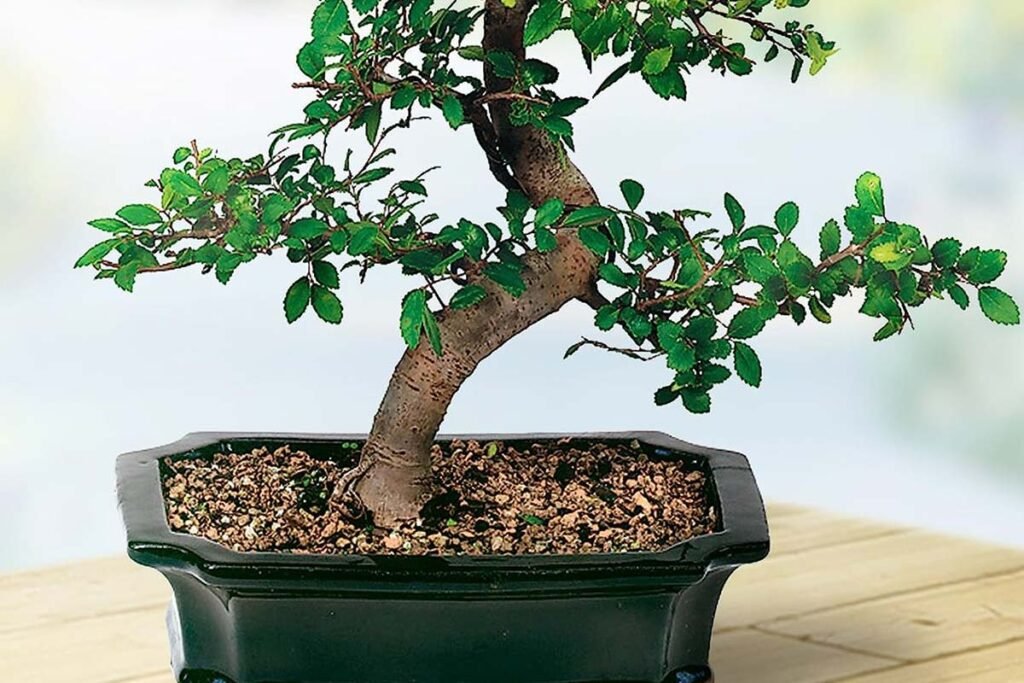
Chinese Elm, scientifically known as Ulmus parvifolia, is a versatile tree that offers numerous benefits for landscaping and gardening purposes. Let's delve into the characteristics of this tree and explore the advantages it brings to your outdoor spaces.
Characteristics of Ulmus parvifolia
Chinese Elm possesses several noteworthy characteristics that make it an excellent choice for landscaping and gardening projects. Its distinctive features include:
- Drought tolerance: Chinese Elm has a remarkable ability to withstand dry conditions, making it suitable for regions with limited water availability.
- Adaptability: This tree can thrive in various soil types, including sandy or clayey soils, making it adaptable to different environments.
- Fast growth: Chinese Elm exhibits rapid growth rates, allowing you to witness its transformation into a beautiful shade-providing tree within a relatively short period.
- Attractive appearance: With its graceful arching branches and small glossy leaves, Chinese Elm adds aesthetic appeal to any landscape or garden setting.
Benefits of Chinese Elm in Landscaping and Gardening
Utilizing Chinese Elm in your landscaping and gardening endeavors can yield several benefits. Here are a few reasons why this tree is highly valued by enthusiasts:
- Shade provider: The canopy of Chinese Elm offers ample shade, creating comfortable outdoor spaces where you can relax or entertain guests during hot summer days.
- Windbreaks and privacy screens: Due to its dense foliage, Chinese Elm serves as an effective windbreak or privacy screen when strategically planted around your property.
- Erosion control: The extensive root system of Chinese Elm helps stabilize soil on slopes or areas prone to erosion, preventing loss of valuable topsoil.
- Low maintenance: Once established, Chinese Elm requires minimal care. It is relatively pest-resistant and tolerant of urban pollution, reducing the need for frequent interventions.
- Wildlife habitat: The shelter provided by Chinese Elm's branches and foliage attracts various birds, butterflies, and other wildlife to your garden, enhancing biodiversity.
- Versatile landscaping applications: Chinese Elm can be shaped into hedges, used as a focal point in gardens, or planted along streets for its aesthetic appeal and ability to withstand urban conditions.
Incorporating Chinese Elm into your landscape not only enhances the visual appeal but also contributes to the overall health of your outdoor environment.
FAQs
Q: How tall does Chinese Elm typically grow?
Chinese Elm can reach heights of 40-60 feet when fully matured. However, it is relatively fast-growing and can achieve considerable height within a few years.
Q: Is Chinese Elm suitable for small gardens?
Yes, Chinese Elm is an excellent choice for small gardens as it can be pruned and shaped according to the available space. Its adaptability allows it to thrive even in compact areas.
Q: Does Chinese Elm require regular watering?
While Chinese Elm is drought-tolerant once established, it benefits from regular watering during its initial growth phase. Providing adequate moisture helps promote healthy root development.
Q: Can I plant Chinese Elm near buildings or paved areas?
Chinese Elm has a non-invasive root system, making it suitable for planting near buildings or paved areas without causing structural damage. However, it's advisable to maintain a safe distance to prevent potential issues in the long run.
Q: Does Chinese Elm attract pests or diseases?
Chinese Elm is generally resistant to pests and diseases. However, like any tree species, it may occasionally encounter issues such as aphids or fungal infections. Regular monitoring and appropriate measures can help address these concerns effectively.
These FAQs provide valuable insights into important aspects of using Chinese Elms in landscaping and gardening projects. By considering these factors while planning your outdoor spaces, you can make informed decisions that align with your preferences and requirements.
Summary: Chinese Elm
Chinese Elm trees are generally resistant to pests and diseases. However, they can sometimes attract certain pests such as aphids, scales, and caterpillars. These pests can cause damage to the leaves and overall health of the tree if not controlled. Regular inspection and proper pest management practices can help prevent infestations.
As for diseases, Chinese Elm trees can be susceptible to various fungal infections, including powdery mildew and root rot. Proper watering techniques and good air circulation around the tree can help prevent these diseases.
Overall, while Chinese Elm trees are generally hardy and resistant, it is important to monitor them for any signs of pests or diseases and take appropriate action if necessary.
Image Source: https://unsplash.com/

